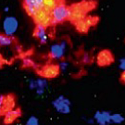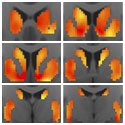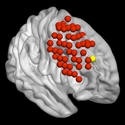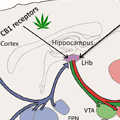Featured Paper of the Month – July 2022
Published in Frontiers in Pharmacology by Kirsten Smith, Ph.D.; Jeffrey Rogers, BS., B.A.; and David Epstein, Ph.D.; et al. of the NIDA IRP Real-world Assessment, Prediction, and Treatment Unit.
Kratom is a plant increasingly used in the US for the psychoactive properties of the more than four dozen alkaloids it contains. Their mechanisms of action are thought to be opioidergic, adenosinergic, serotoninergic, dopaminergic, and adrenergic. Whole-plant-derived kratom products, almost always taken orally, produce dose-dependent stimulatory and analgesic effects. We know of only one published laboratory study on kratom’s effects in humans; however, surveys have increasingly helped show a complex and changing landscape of kratom use. In this online, nationwide study, we asked 129 people with kratom use histories to report on the effects of their kratom products…










